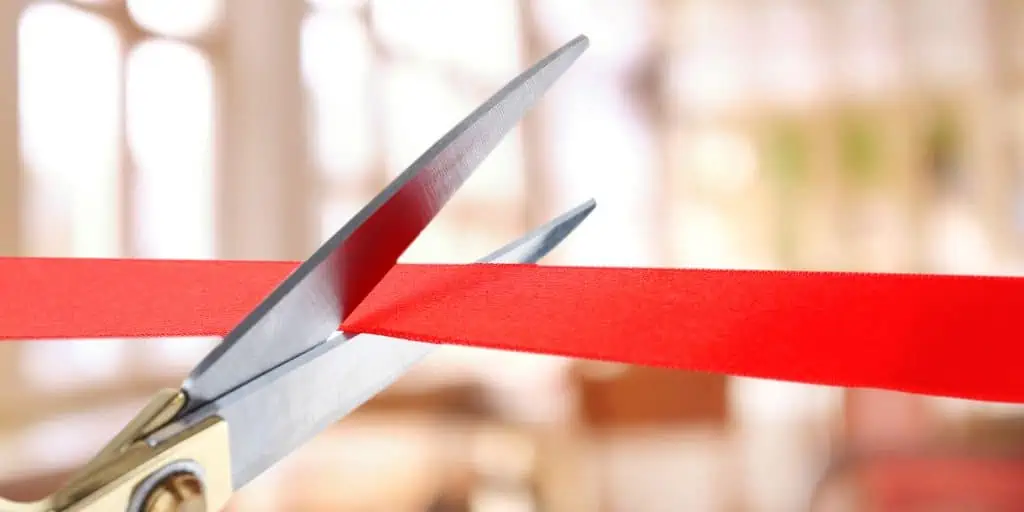
Have you heard seasoned real estate investors talk about buying “REO properties” at a discount, but not sure what they’re talking about?
Real estate is full of jargon-y acronyms, but the concept of buying REO properties is about as simple as it gets. But like so much else in real estate investing, “simple” still sometimes requires some good ol’ fashioned hard work on your part—at least if you want to score the best deals.
What Are REO Properties?
“REO” stands for real estate owned by a mortgage lender. Specifically, properties that the lender took back at foreclosure auction or by a deed-in-lieu of foreclosure.
Lenders aren’t landlords, and they don’t want to own properties. They want them off their balance sheets as soon as possible to recover their capital, swallow any losses, and lend the money back out to start earning interest again.

Definitely not in mint condition.
But these repossessed properties don’t necessarily come in mint condition. If the homeowner couldn’t pay their mortgage, they couldn’t pay for the latest and greatest home improvements. Or, for that matter, basic maintenance in many cases.
The combination of lenders looking to unload properties quickly and the properties needing some TLC often spells “DEAL” for investors. So how do you go about finding these distressed properties?
How to Find REO Properties
At a certain point, most lenders list REO properties for sale on the MLS through a Realtor. But that’s no fun at all for deal-hungry investors—if every buyer for 100 miles can see the property listed for sale, by definition it sells for market pricing. And no real estate investor worth their salt wants to pay full market value for a property, fixer-upper or not.
Ideally, you want to find out about REO properties before they hit the market. You can do that in a few different ways. First, you can track foreclosures through public records and see which properties lenders take back at auction rather than selling. Online access to public records varies by state and county, and some are easier and more modern than others. Check your own local public records portal to see how user-friendly it is.
Alternatively, many lenders publish REO lists directly. For example, Wells Fargo and Bank of America both publish these lists. Government-backed lenders also publish these lists; see the Department of Housing and Urban Development’s list. But again, they’re pretty public.
You can also access paid services that compile REOs and often other types of distressed properties. Examples include Propstream, RealtyTrac, and Foreclosure.com (check out our full Foreclosure.com review). While you’re at it, read up on other real estate investing tools to help you score deals, evaluate properties, and more.
A more labor-intensive (but free) option involves networking with local lenders, large and small. Find out who manages their REO, usually someone in their loss mitigation department. Send them flowers or chocolates or bourbon, or whatever people do these days to ingratiate themselves into someone’s good graces. Build a relationship with them, and tell them you’d be happy to take properties off their desk. Make sure you specify exactly what kind of properties you’re looking for, so they think of you when those types of properties hit their desk.
Buying REO Properties
Buying an REO property mostly works like buying any other—except you’re working with a fussy, bureaucratic seller who requires endless red tape. Expect every part of the process to take twice as long, and require twice as much massaging and pestering emails and voicemails.
Of course, when you buy from a mortgage lender, you can often arrange for seller financing. Not flexible or negotiable seller financing necessary, but you can potentially work out a loan with the same lender selling you the property.
Ask your contact at the REO department whether the lender offers any discounts or other special arrangements for financing the property. Don’t get your hopes up, but some lenders are more flexible than others. Borrowing from the seller, in this case, can at least help expedite some of the red tape or at least give you a good argument as to why they should extend your rate lock free of charge when they cause the delays in the first place.
Some banks clean up properties for sale, but for any fixer-uppers, you need to know whether the property qualifies as “habitable.” If so, you can use any conventional or conforming mortgage loan. If not, you’ll need a special purchase-rehab loan, such as a 203K loan.
Pros and Cons of REO Properties
On the plus side, you can sometimes score decent deals on REO properties. Not outstanding deals typically, although occasionally they come along. If you can gain access to lists of REO properties before the general public, you’re more likely to score a bargain. It offers one more option in your toolkit for finding off-market deals.
Institutional sellers also don’t have any emotional attachment to the property. Any negotiations stay impersonal, based on numbers on a page rather than someone’s cherished home.
In most cases, banks have already taken care of all outstanding liens when they took legal ownership. That doesn’t mean you should assume a clean title, but the title just changed hands recently to an institutional buyer.
You might also find some efficiencies in borrowing a mortgage directly from the seller. Or not; some lenders make nightmarish sellers, dragging out every step of the process. That can, in turn, make financing the property more difficult.
The greatest downside to REO properties is simply that better deals usually require more work on your part. Sure, you can find REO properties listed for sale on the MLS. But the better deals require you to actually build relationships with REO managers or at least pay for premium platforms to find off-market deals.
Final Thoughts on REO Properties
Every real estate investor needs a strategy for finding deals. That could involve more passive means like sifting through listings on the MLS or Roofstock and making lowball offers, or it could mean actively going out and scouring for off-market properties.
If buying REO properties appeals to you as an investing strategy, decide how you plan to find them. You can put in labor to build relationships or check public records, or put in money to buy premium tools or lowball listings on the MLS. But do some research on each tactic before investing too much time then decide where you want to double down.












